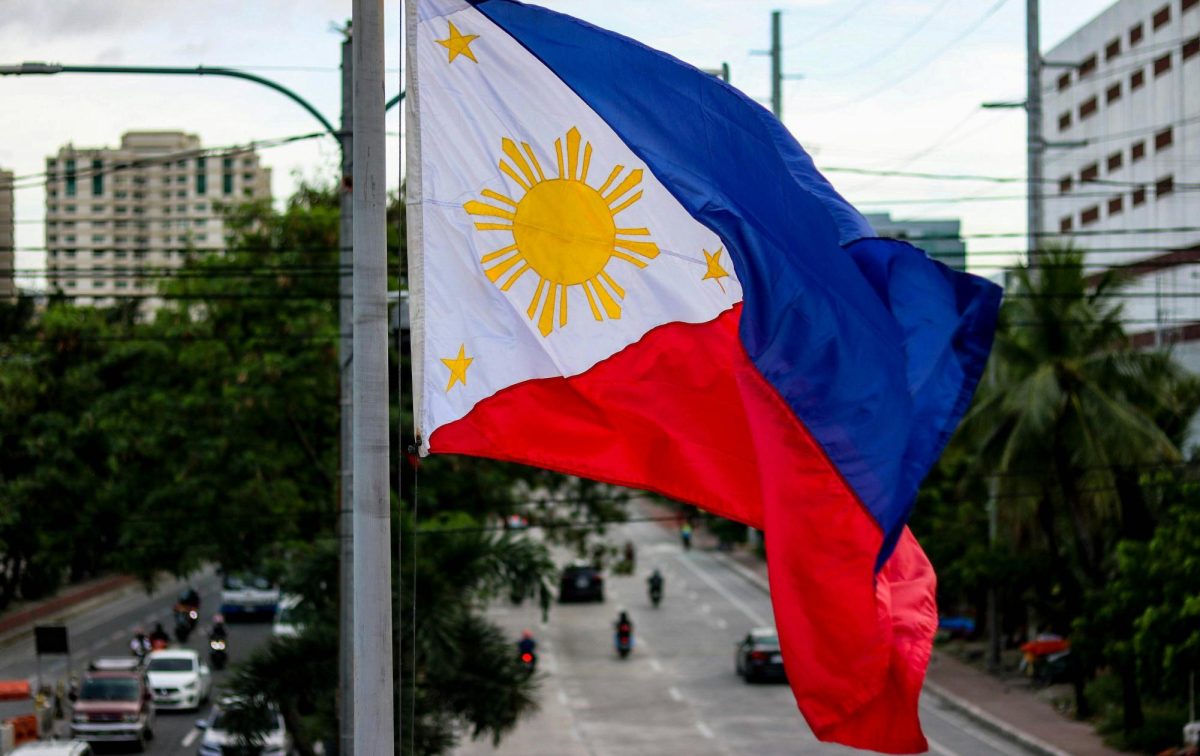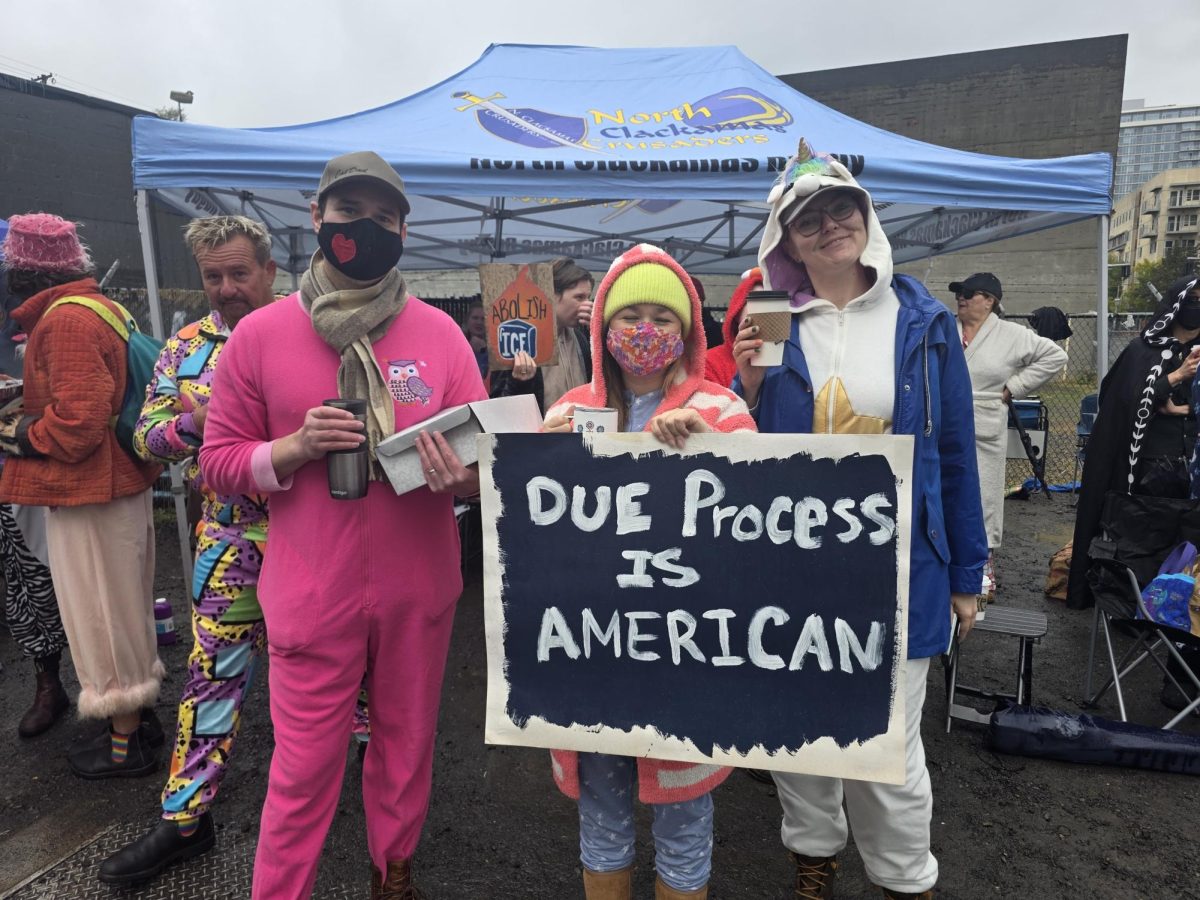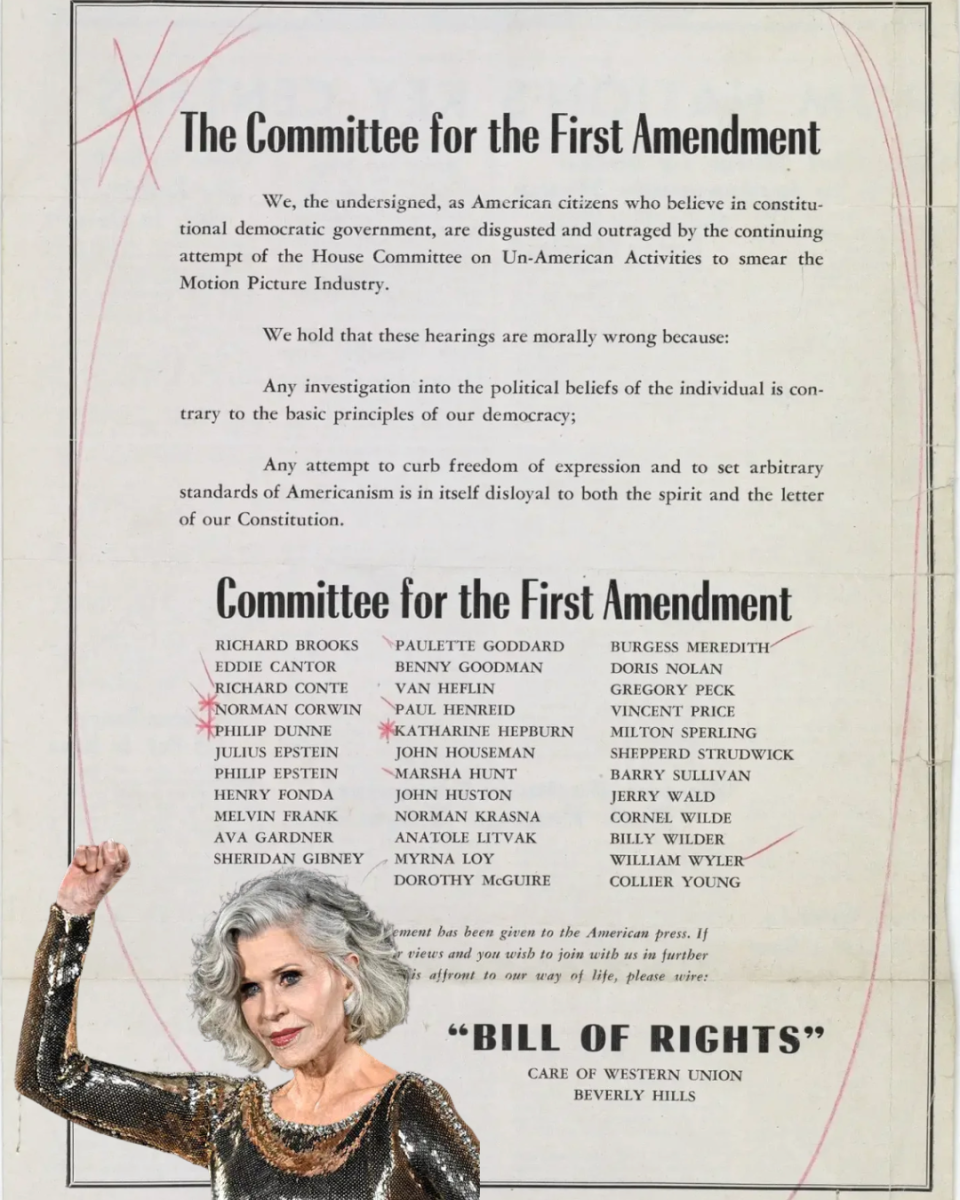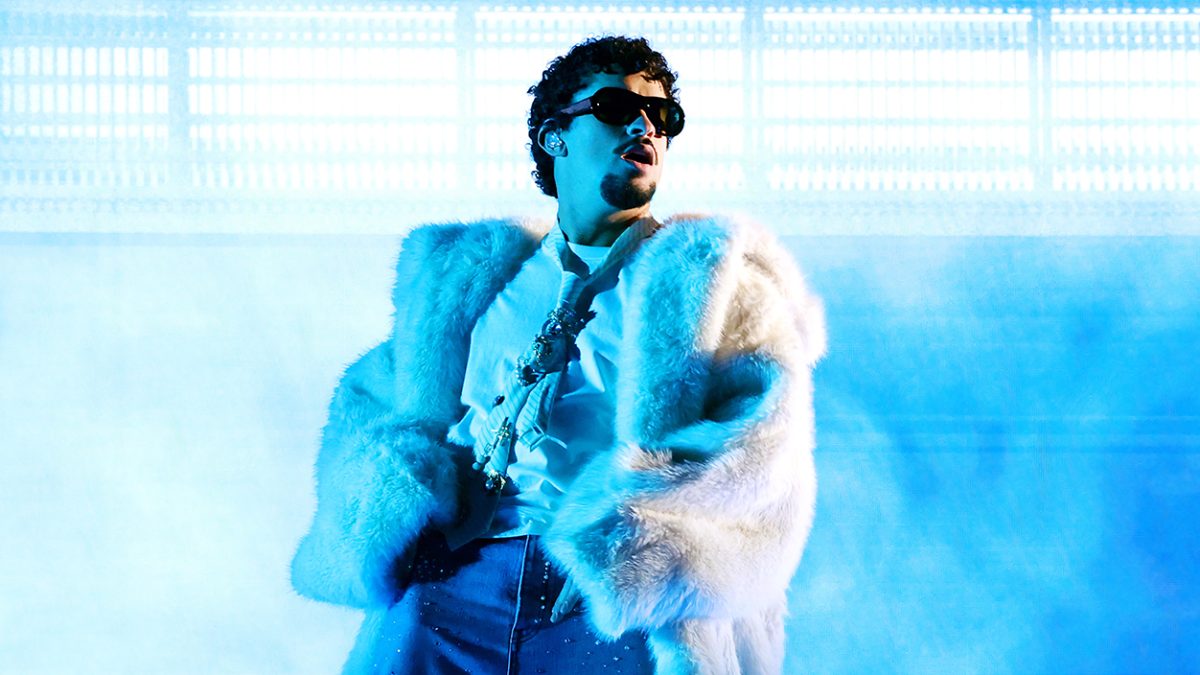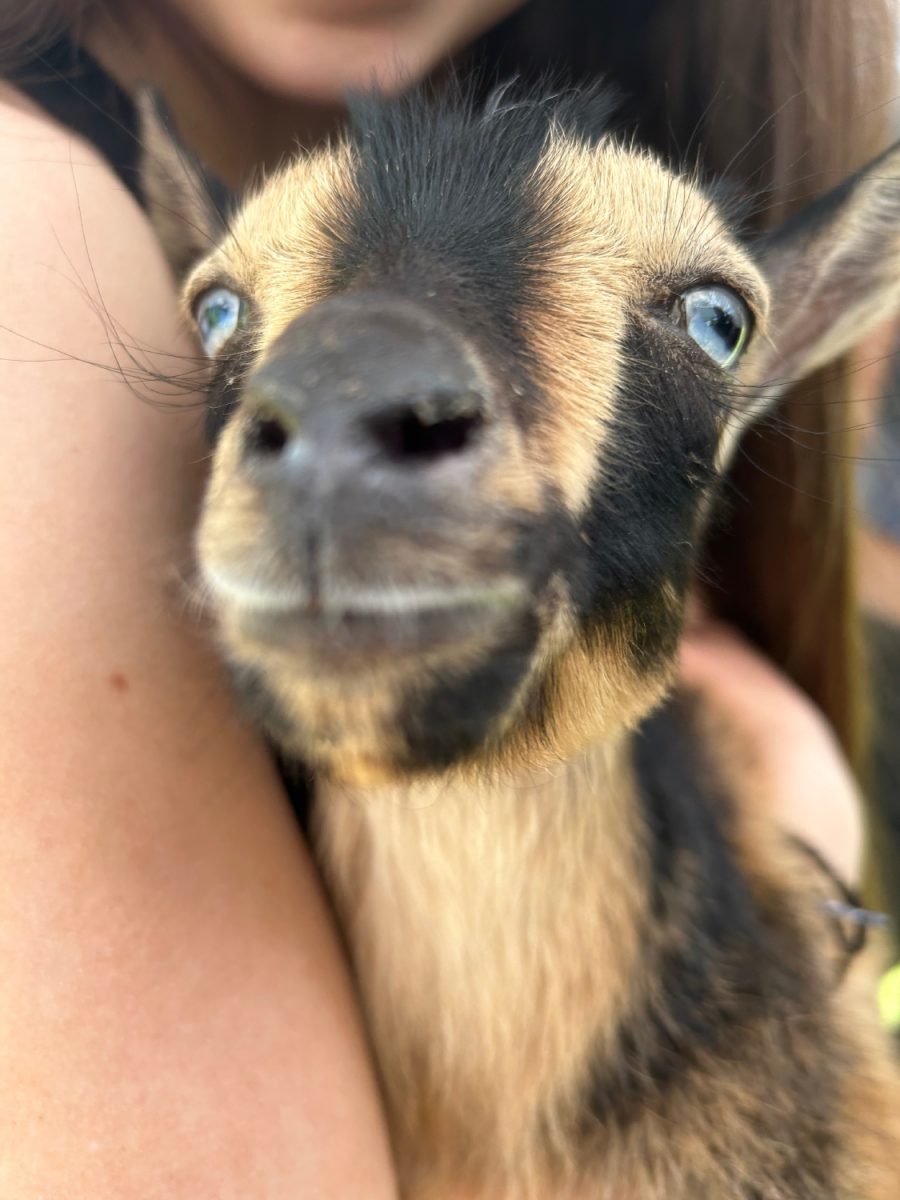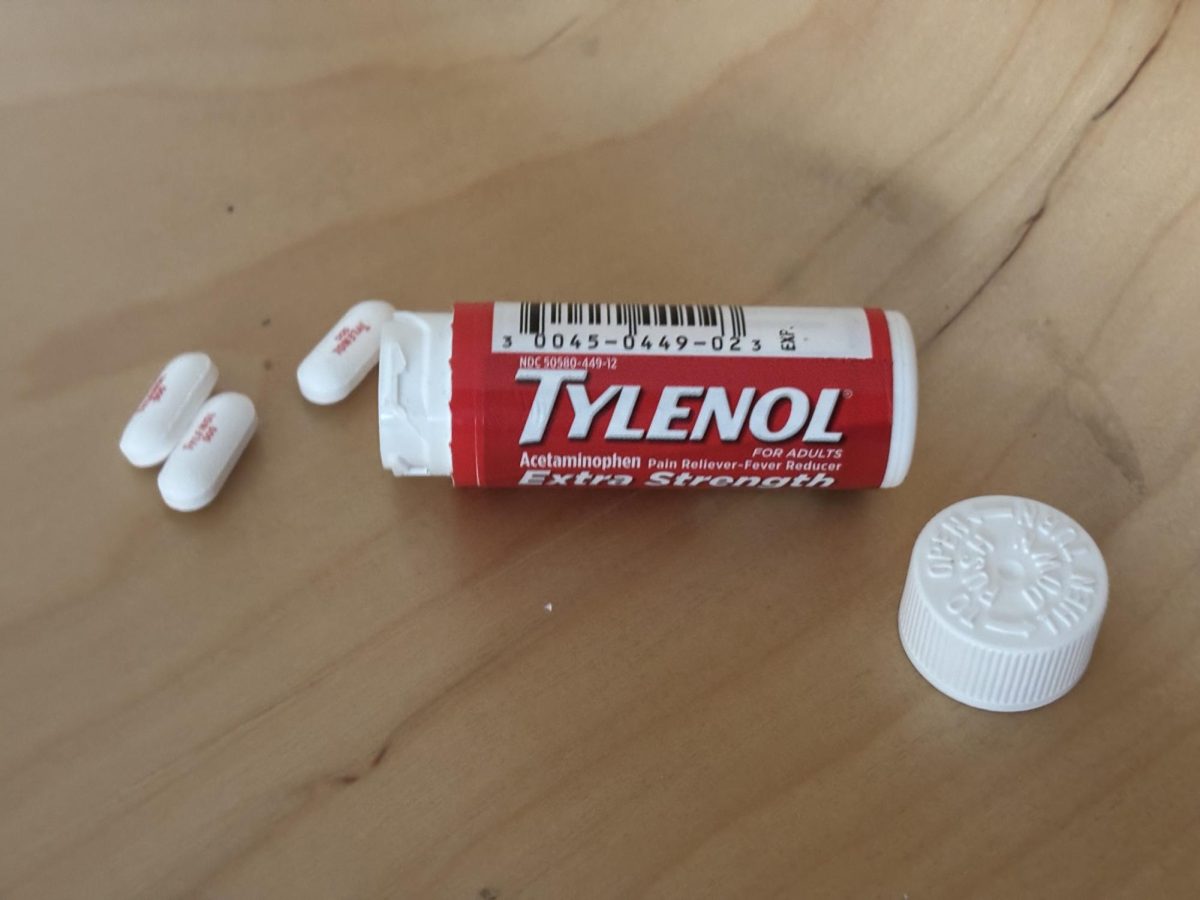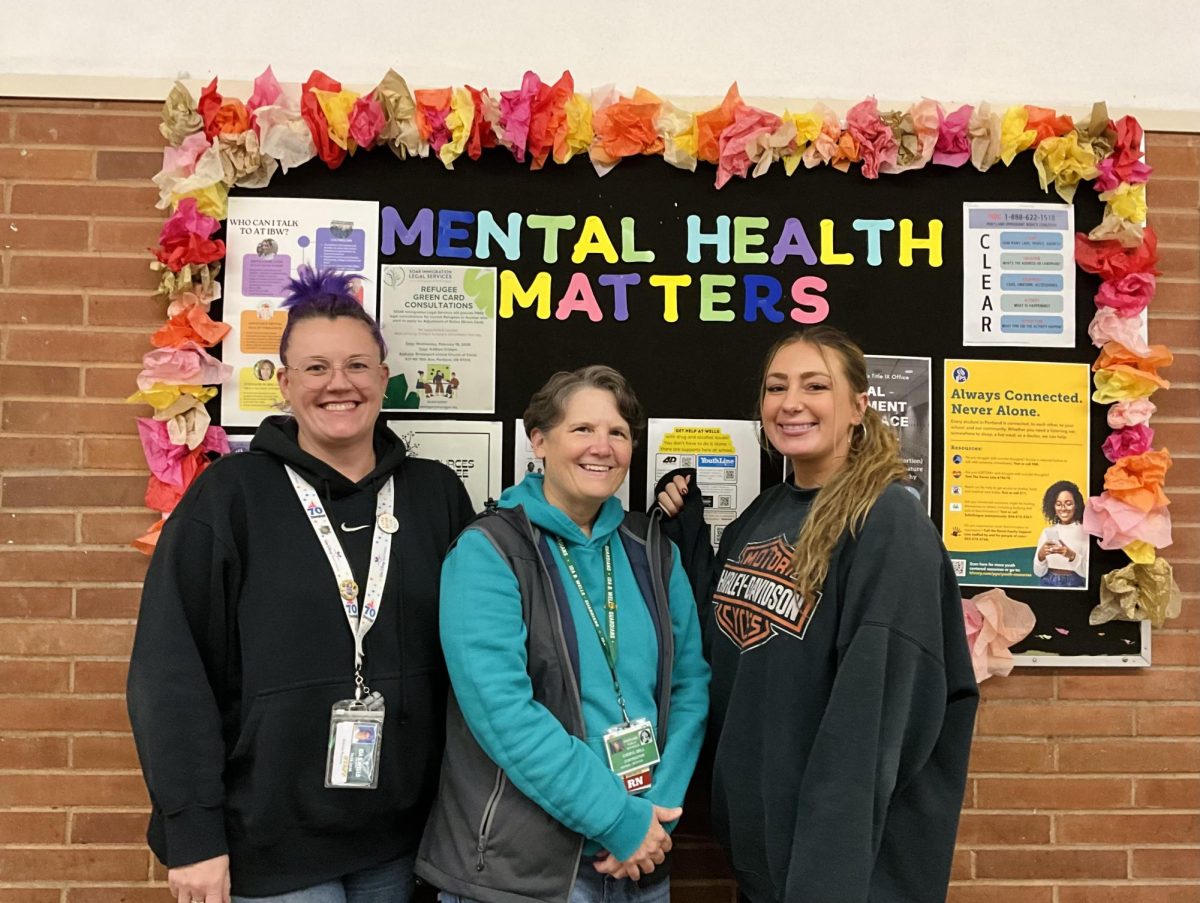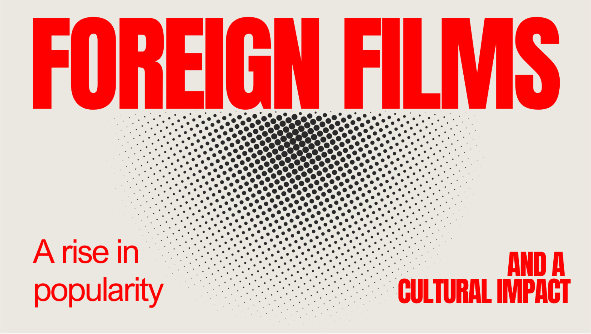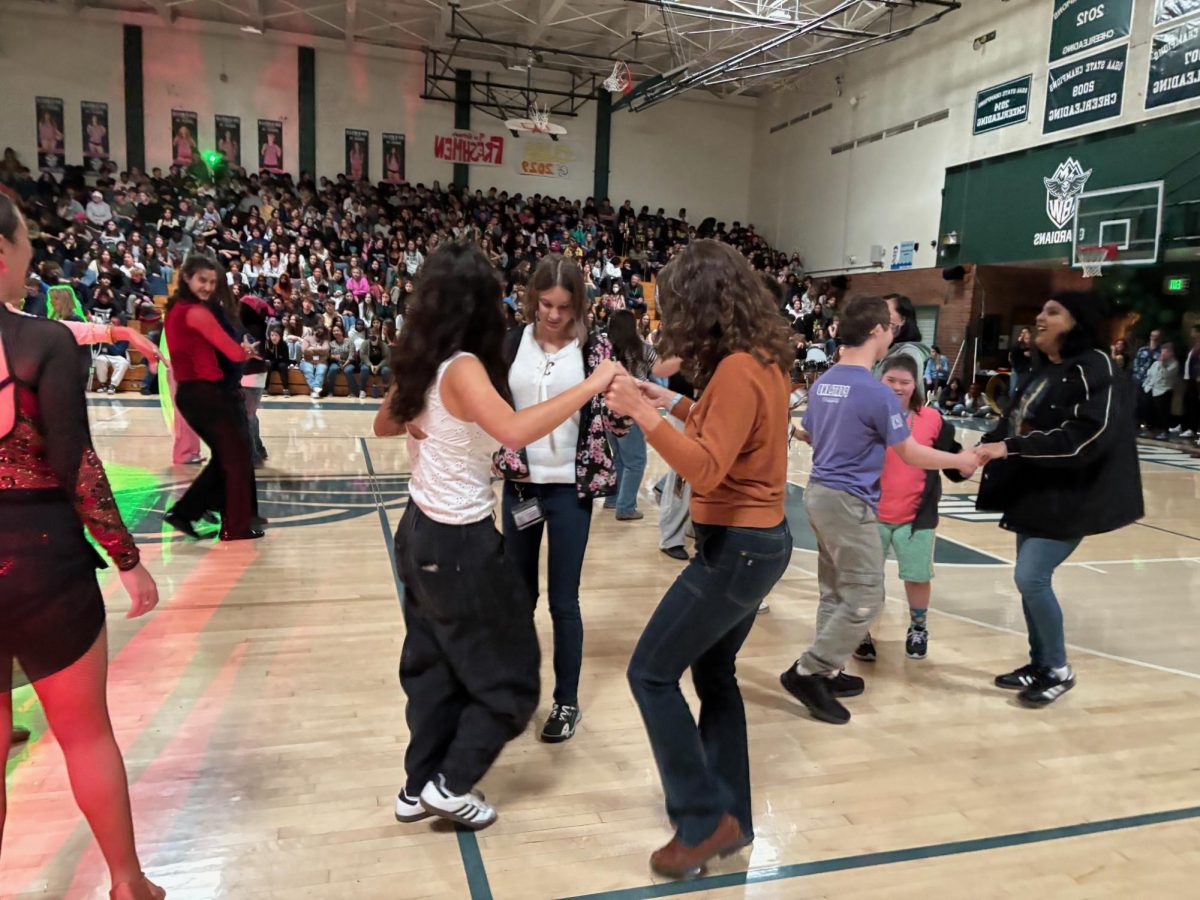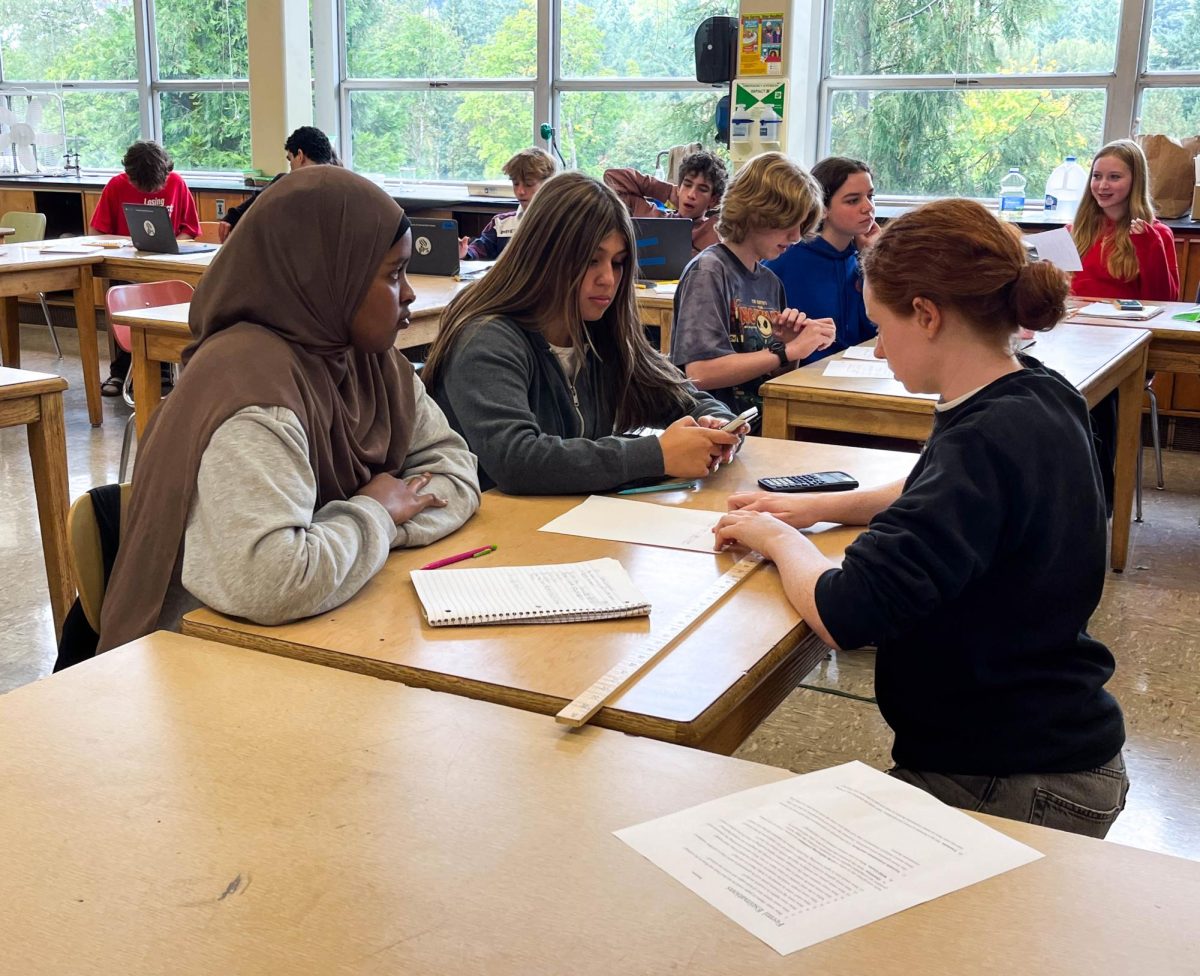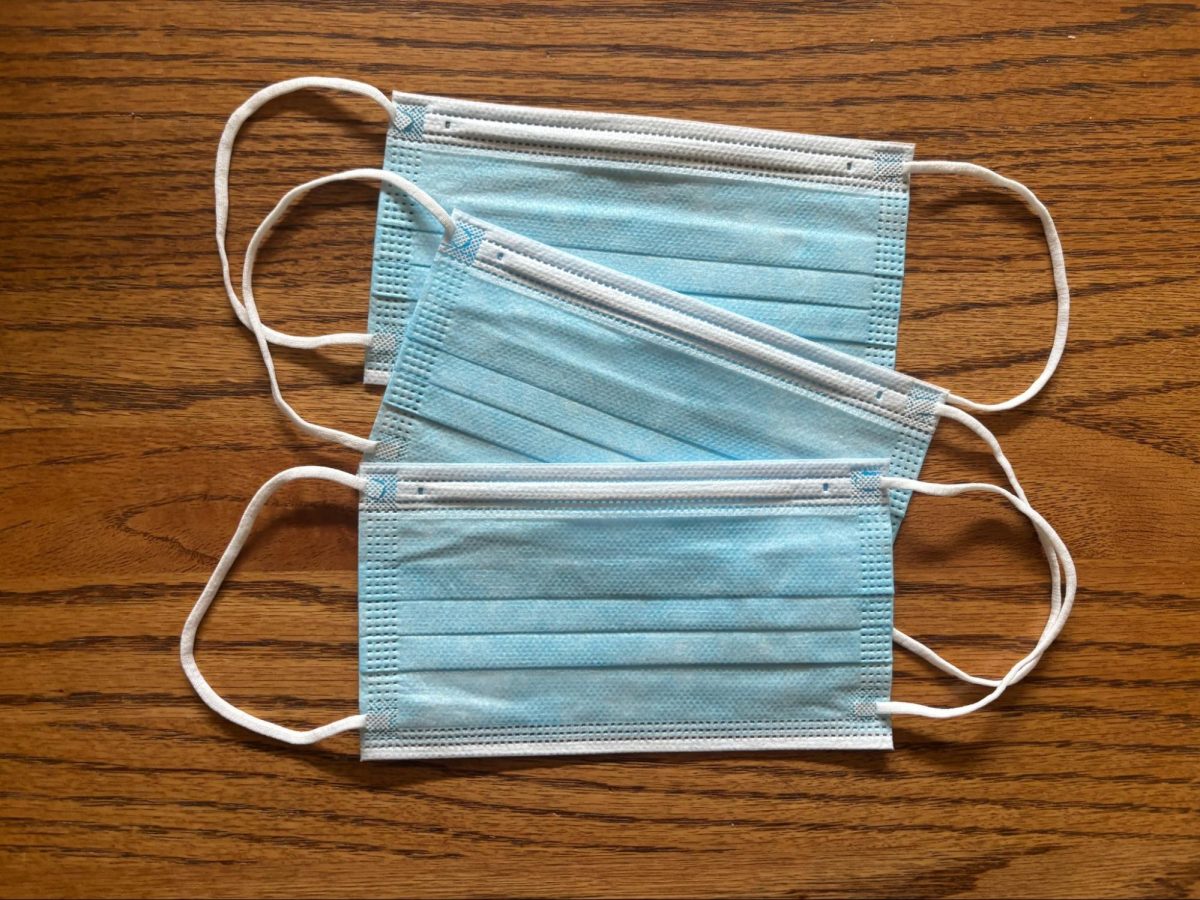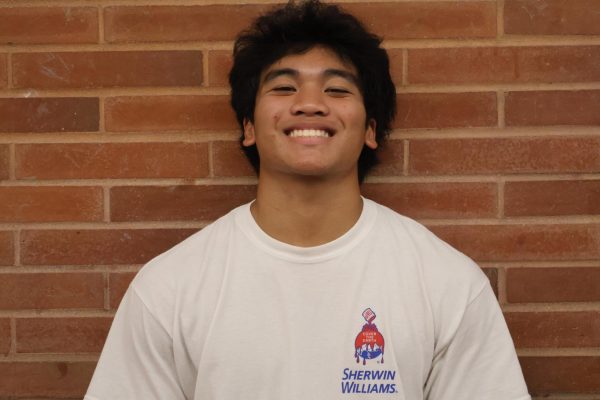Red, white, blue and a golden sun represent the people who have continuously sculpted, crafted and set the bar for the rest of the world.
It was only a matter of time before Filipino people received their own month to commemorate their talent and contributions to society. Every October, we celebrate Filipino American History Month to commemorate this impressive feat and those who contributed to accomplishing this monumental task.
Filipino people have undoubtedly been some of the primary drivers in pushing culture forward, while also creating within the means of a society that often gives little thanks, they’re constantly elevating their craft and the execution in which they operate. “I often feel super proud of culture, especially when it comes to artists and athletes in the mainstream like Olivia Rodrigo, Bruno Mars, Manny Pacquiao, Rocco, etc,” says Eesa Taylor, a senior at Ida. B Wells High School
From underground artists in music, such as Feng, to more mainstream artists like Beabadoobee, Grent Perez, Mars and Rodrigo. Dance groups like the Jabbawockeez, and even in the medical field, like Fe Del Mundo, who was responsible for the creation of the incubator. We can always feel the progress the Filipino people have made.
On a Spanish galleon named the “Nuestra Señora de Esperanza,” a group of indigenous peoples called the Luzones Indios (roughly translating to the broad term for the “native people of the Philippines”) first arrived in America on Oct. 18, 1587, in what is now Morro Bay, California.
Fast forward 370 years to 1957, at Seattle University, where Dr. Fred “Uncle Fred” Cordova and Dr. Dorothy “Auntie Dorothy” Laigo Cordova hosted the club known as the Filipino Youth Activists (FYA).
At first, the club promoted activities and games from soccer to folk dancing, sharing Filipino culture across campus; however, it quickly grew, taking on a central role in organizing not only Filipino-centered movements but also Asian-American movements across Seattle from the 1960s to the 1970s, combating racial struggles.
Due to their fast-growing and hard-fought progress to fight for AAPI people across the nation, over 10 years later, in 1982, the group evolved and took on more ambitious projects, eventually making Cordova and Laigo founders of the Filipino American Historical Society(FANHS).
On its tenth anniversary as a foundation, in 1992, the group celebrated an unofficial celebration of Filipino American History Month (FAHM). By this time, over 10 other branch organizations (chapters) were open across the West Coast.
After nearly 17 years of fighting, in culmination with these chapters, Filipinos around the nation and the hard work of people at FANHS, the U.S. Congress officially recognized Oct. 18 as Filipino History Month.
Presently, with over 40 chapters across the U.S., the FANHS is in safe hands, with the future generation of Filipinos honoring their culture through clubs and events alike.
Taking a local perspective, students involved in clubs aligned with the FANHS mission hope to spread awareness of all elements of Filipino life and culture.
“[In the Asian Desi Pacific Islander Student Union] we’ve watched some videos about the history, trying to create more plans to explain to the people about the month, focusing on education and understanding,” says Yuki Acera, a joint leader of the ADPI Student Union and a junior at IBW.
“At first, I simply enjoyed the sound of my language [Cebuano] being spoken [especially when visiting family in Mindanao], and to have the month to recognize the culture was great, ” says Taylor. “I think after familiarizing myself with the history behind the month, it really deepened my appreciation for it [and] fills me with an overwhelming sense of happiness and pride to know that my people were so resilient.”
The history of the Filipino people is full of rich, persistent and vibrant contributors. From the indigenous people landing in Morro Bay in the 1500s to the Cordovas and the FANHS that are always fighting to make Filipino culture more aware in mainstream America. To the varying artists and scholars sculpting and reinventing the landscape of their craft.
Even the high schoolers of today are attempting to uphold the legacy for future generations after them to one day create an environment in and outside of school that’s not just for Filipino-Americans but for everyone outside of the shade of blue, red and gold.


